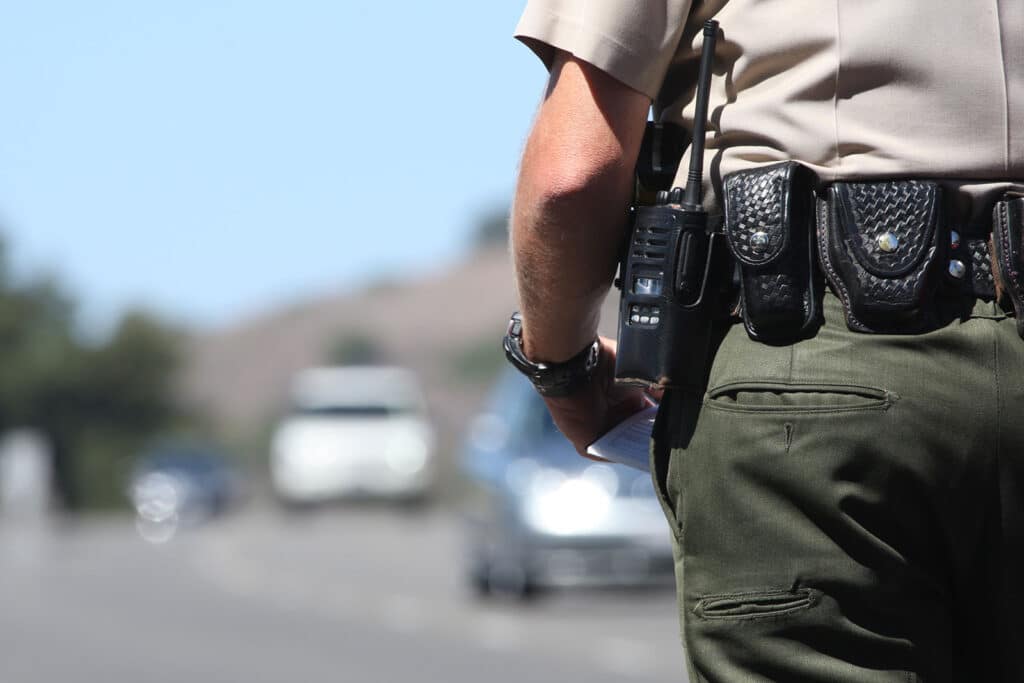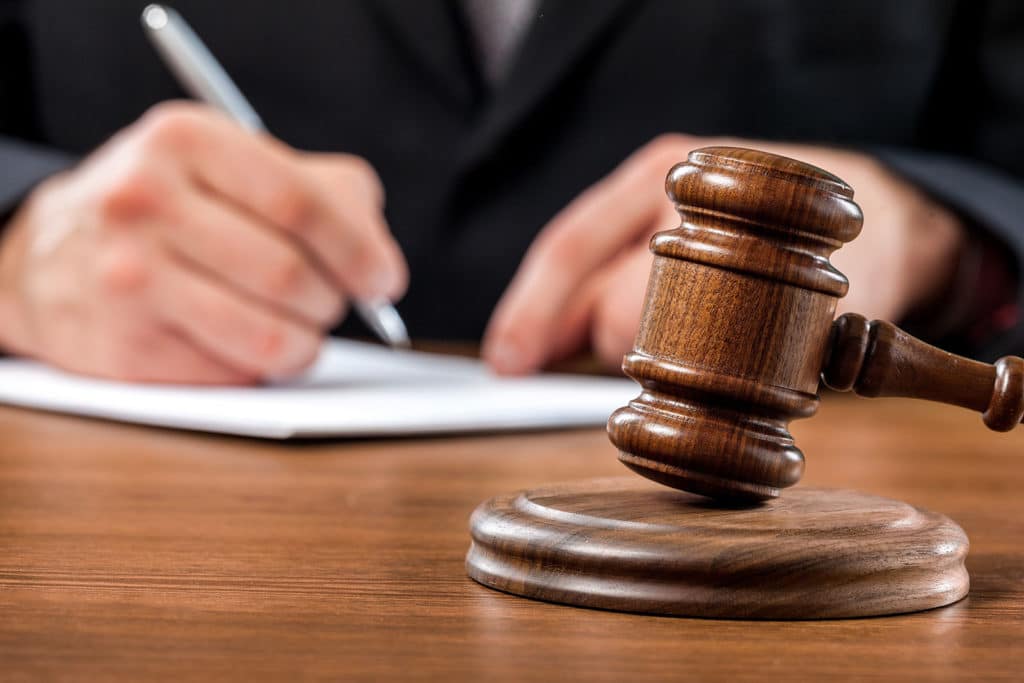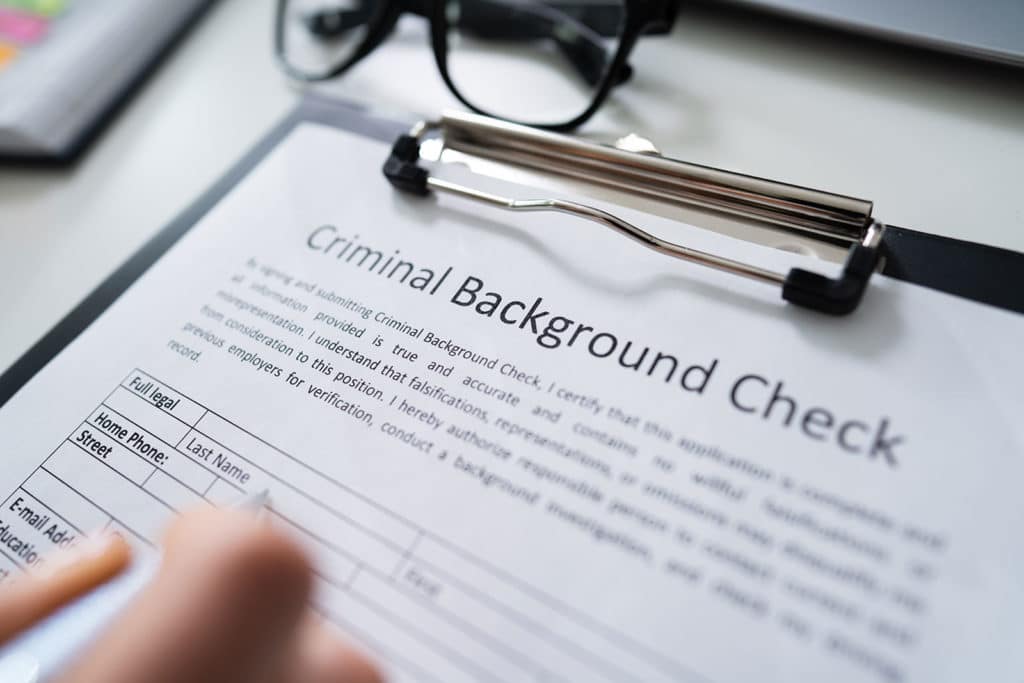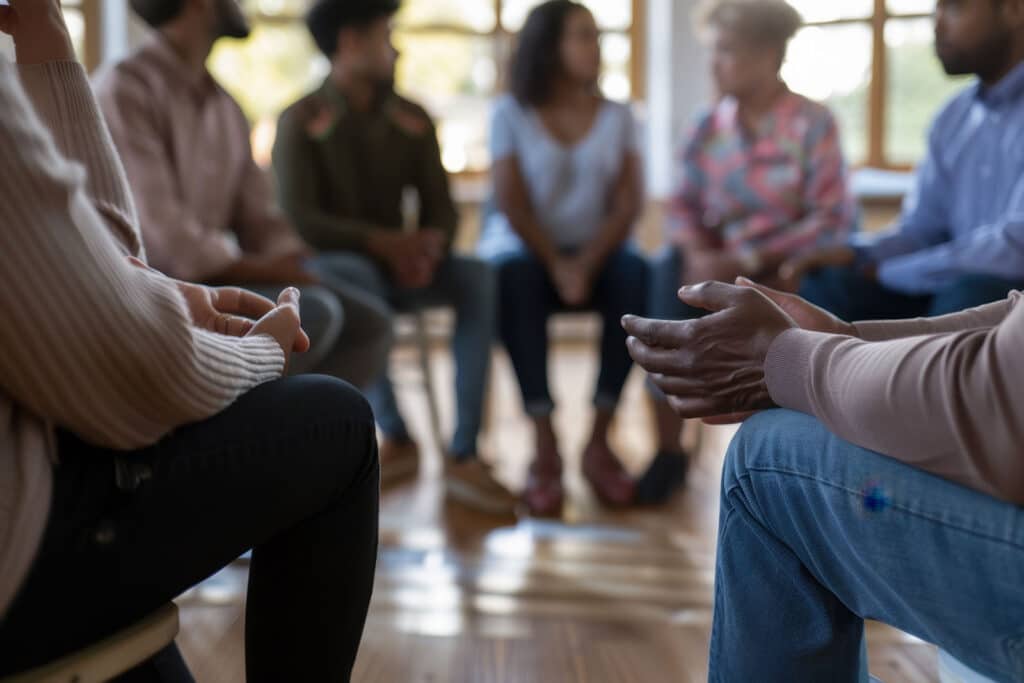In the broadest sense, disorderly conduct occurs when someone publicly behaves in a way that disturbs the peace or disrupts others, particularly in a reckless, knowing, or intentional fashion. Under disorderly conduct law, such behavior can result in criminal charges, leading to significant consequences, including jail time, depending on the severity of the offense.
Table of Contents
- Public intoxication
- Misdemeanors
- Defining Disorderly Conduct
- Categories of Disorderly Conduct
- Legal Consequences of Disorderly Conduct
- Is Disorderly Conduct Considered a Violent Crime?
- Factors Influencing the Classification
- Implications for Individuals Charged with Disorderly Conduct
- Preventive Measures and Public Awareness
- Conclusion
Public intoxication
Public intoxication is among the most common forms of disorderly conduct. It also applies when someone tries to start a fight, whether it results in a physical altercation or not. Other textbook instances of disorderly conduct include disruptions to a lawful meeting or excessively unreasonable noise, particularly when the individual has been requested to stop but refuses. A charge of disorderly conduct can also arise from lewd behavior in a public area, which may lead to a disorderly conduct arrest by a law enforcement officer.

Beyond the basic criteria, disorderly conduct may include a broad range of actions. Some of these are open to interpretation, such as when someone’s behavior constitutes tumultuous conduct or when an amount of noise becomes unreasonable. The broadness of the definition means that disorderly conduct cases often require a tailored defense strategy from a skilled criminal defense attorney.
Misdemeanors
This type of criminal offense may be considered minor because of its commonplace nature. However, this doesn’t preclude the perpetrator from facing significant penalties. In some parts of the United States, the act falls under the classification of a gross misdemeanor or a class B misdemeanor, which can result in severe penalties. In other instances, it may be considered a felony, depending on the circumstances, and both classifications can lead to serious criminal charges.
Due to the broadness of its definition, disorderly conduct often comes into play as a catch-all crime when individuals act in an unruly fashion. It’s frequently used by law enforcement to maintain public order and keep the peace. For instance, a police officer may refer to this crime to deal with disruptive behavior that doesn’t necessarily present an immediate danger to others but still constitutes a breach of the peace.
If you are facing a disorderly conduct conviction, it’s crucial to consult with a criminal defense lawyer who understands criminal law and can protect your constitutional rights. A disorderly conduct attorney can help determine whether the charge of disorderly conduct is justified, especially if the behavior was in self-defense or fell within the boundaries of freedom of speech.
Defining Disorderly Conduct
Legal Definition
In general, disorderly conduct occurs when someone behaves in such a way that others are disturbed, disrupted or endangered.
Some of the most common forms of disorderly conduct include public intoxication, disturbing the peace and loitering. The crime also may apply due to an obstruction of traffic, rioting, use of obscene language or gestures or causing a situation that is hazardous or offensive.
Variations by Jurisdiction
What is considered disorderly conduct can depend upon where you are. In certain jurisdictions, it’s enough to be charged with public disorder if you don a mask in a public place due to the potential danger it presents to others when the wearer conceals their identity. This is the case in Florida, where anyone over the age of 16 who conceals their face in public with a hood, mask or other device can potentially face one of these charges.
Both the definition of disorderly conduct and the associated charges may vary depending on which state or country you are in. For example, Indiana defines the act based on the Model Penal Code.
Categories of Disorderly Conduct
Public disorder is generally categorized into violent and non-violent acts. This places the focus on the potential harm to a specific person, a group or the general public. It’s a clear way of showing whether there’s a risk of danger caused by the offendor or if they’re simply creating an unreasonable nuisance.
Non-Violent Acts
The most common examples of non-violent public disorder include public intoxication, loitering and disturbing the peace. These acts are considered non-violent because they don’t directly cause any physical harm to others.
Potentially Violent Acts
Examples of potentially violent acts include fights in public, threatening behavior and inciting a riot. These are situations where disorderly conduct can quickly escalate to violence.

Legal Consequences of Disorderly Conduct
Misdemeanor vs. Felony
Disorderly conduct is typically classified as a misdemeanor. However, there are circumstances under which it can be elevated to a felony. This is usually reserved for violent acts or repeat offenders. Incarceration may occur in more severe cases.
Potential Penalties
Disoderly conduct most commonly results in fines, community service or probation. In Washington state, for instnace, 90 days in jail is the maximum penalty for disorderly conduct and may also come with a fine of $1,000.
The disorderly conduct punishment in Illinois depends upon how the particular act is classified under the Illinois Compiled Statutes. As a misdemeanor, the punishment for the crime may be anywhere from 30 days to a year in prison.
Is Disorderly Conduct Considered a Violent Crime?
Legal Perspective
Legally, a violent crime means that the act was meant to hurt or kill others. With a non-violent crime, the offender had no intention to harm others and may have taken steps to make sure that didn’t happen.
A crime is classified as violent when physical force is used, attempted to be used or threatened against another person.
Factors Influencing the Classification
Context of the Behavior
Whether behavior constitutes disorderly conduct may depend heavily on the setting and circumstances. In some cases, even if no harm was caused, the intent behind a person’s actions may be enough to charge them.
Disturbing a funeral or any lawful assembly such as a public demonstration or a city hall public meeting is unlawful. Although the First Amendment protects the right to free speech, it does not protect those who speak out of turn and interrupt a public meeting.
Disorderly conduct can also occur when someone disrupts traffic if they don’t have lawful authority to do so. This may be because they haven’t secured a permit or have gone beyond the scope of the permit that they do have. If an act was committed in an airport, the perpetrator is more likely to be charged with a felony.
Law Enforcement Discretion
There is a significant impact of police judgment in categorizing and charging disorderly conduct since so much of the law surrounding the crime is open-ended. The parts of the law left up to the discretion of the law officers who respond to the situation can lead to a highly subjective process for how it is categorized and charged.
An offender’s prior criminal history and behavior during the incident may also have a strong influence on the way the crime is handled. If the individual is cooperative and has a clean record or minimal previous offenses, they tend to get off easier that someone who doesn’t.

Implications for Individuals Charged with Disorderly Conduct
Criminal Record
It’s important to note that a disorderly conduct charge comes with some long-term consequences. For one thing, the charge will stay on your criminal record for the rest of your life.
There may be a difference in impact depending on whether it was a violent or non-violent classification of public disorder. If the act involved violence, it’s likely to be taken more seriously and carry greater consequences that anyone who looks at your record will see.
Employment and Social Impact
Perpetrators of this crime may have to deal with a negative impact on job prospects. It may put you out of the running in a competitive professional environment, and some employers are hesitant to hire individuals with this kind of mark on their record at all. A history of disorderly conduct might also affect your social standing, and some offenders experience stigmatization.
Legal representation is highly recommended in these types of case since the law around disorderly conduct is notably broad and open to interpretation. If you have someone on your side who understands the law an dhow to navigate it, you may be able to reduce your sentence or potentially have the charges dropped altogether.
Preventive Measures and Public Awareness
Community Programs
There are myriad initiatives and crime prevention publications that have been created to reduce the incidents of disorderly conduct. These are meant to benefit both those who may commit such acts as well as the general public who might become victims.
These education and awareness campaigns help people understand the patterns that lead to public disorder as well as the locations and situations that increase one’s vulnerability to disorderly conduct. These campaigns and publications include methods to measure and assess the problem and build strategies to avoid it.
Legal Advice
If you ever are in the situation where you’ve been accused of disorderly conduct, you have the right to know what you’re being charged with. It’s important to learn what your options are from a legal perspective to minimize the consequences achieve the best possible outcome.
Whenever possible, it’s safer to avoid circumstances that could lead to disorderly conduct charges. The best way to stay clear of those situations is to be aware of what legally constitutes disorderly conduct in your jurisdiction.
Make sure you know the current law, and err on the side of caution. It also helps to learn how to peacefully diffuse contentious situations so that it doesn’t come to aggressive or threatening behavior.

Conclusion
It is prudent for individuals to educate themselves about what disorderly conduct encompasses so they can avoid charges. At the same time, it’s equally important that the law is clearly stated to encourage public awareness.
When people understand why public disorder is a crime and what makes it a crime, everyone gets to enjoy a safer and more peaceful society at large.
Individuals who are aware of the issue may be more likely to behave mindfully, have greater consideration for others’ safety and comfort and generally act in a responsible way while in public.
With an informed understanding of the law, the hope is that more people will behave peacefully and compassionately, which is something that everyone benefits from.
For more information on disorderly conduct or for immediate help on your recovery journey, call Illinois Recovery Center today.



